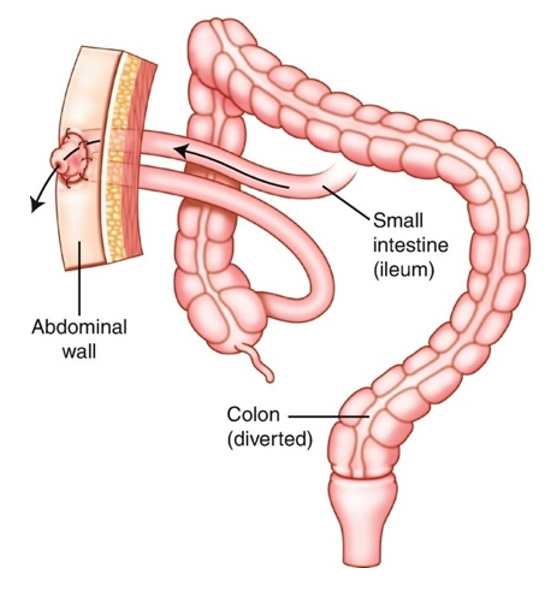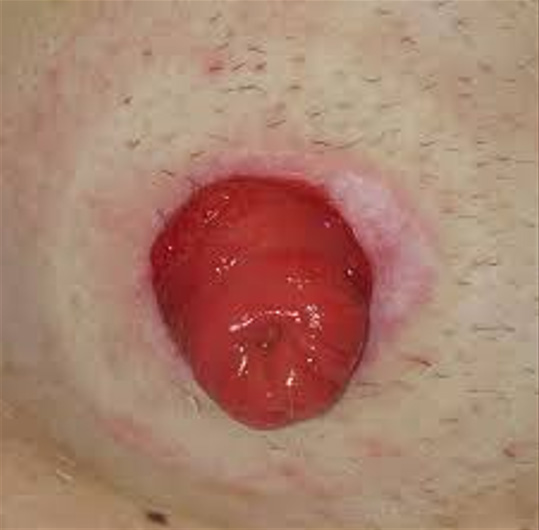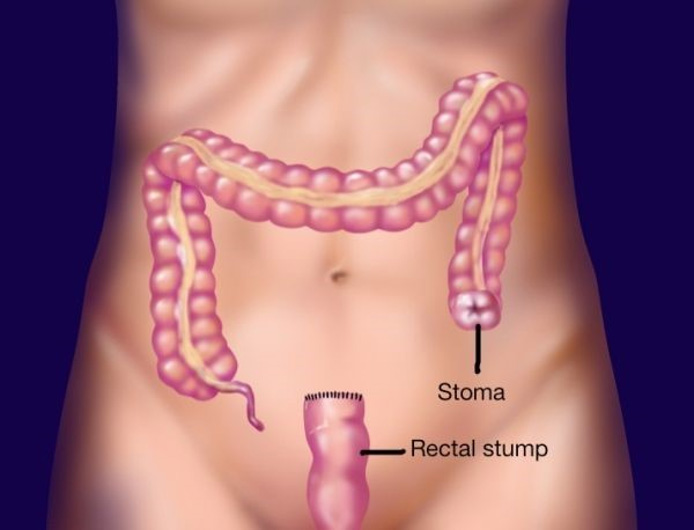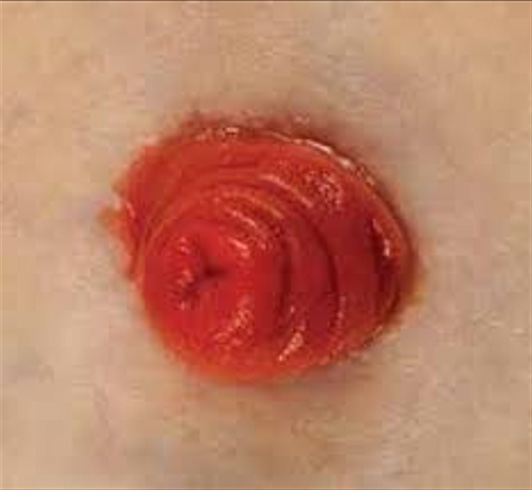Fairmont Medical Building
Phone: (604) 872-2662 ext 1 746 West Broadway Map & Directions
Clinic Hours
Mon – Fri: 9:00am – 6:00pm Saturday: 9:00am – 4:00pm Sunday & Holidays: Closed
In-Person, Online & Phone
Ostomy
Surgical Procedures
Types of Ostomy / Diversions
Fecal Diversions
Ileostomy - is the creation of a stoma. The small intestine is brought to the surface, where it is inverted and attached to the skin to eliminate waste products. The stoma can be either an end ileostomy or a loop ileostomy. Ileostomies are usually located on the right side of your abdomen. These ostomies can be temporary or permanent.
Diverting Loop Ileostomy

Colostomy - is the creation of a stoma. The large intestine is brought to the surface, where it is inverted and attached to the skin to eliminate waste products. The stoma can be either an end colostomy or a loop colostomy. A colostomy is usually located on the left side of your abdomen. The creation of an ostomy can be temporary or permanent.
Urinary Diversions
Urostomy / Ileal conduit - A urostomy is created using a small section of the small intestine called the conduit. The intestine is then reconnected. One side of the conduit is stapled closed, and the other is inverted and brought out to the right side of the abdomen to create the stoma. The ureters from your kidneys are tunneled into the conduit to allow the urine to flow to the outside of the body. Initially, post-surgery you will have two stents through the stoma. These will usually be removed before you go home.
Continent Diversions
- Ileal anal pouch / J pouch (UOAA website) - An Ileal anal pouch or J pouch is an internal fecal pouch created from the small intestine's loops and then connected to the anus. The creation of this pouch requires 2-3 surgeries where initially, the individual has a temporary ileostomy until the pouch has healed. Reversal of the ileostomy occurs when the internal pouch is ready to be used.
- Indiana pouch (UHN PDF) - Removal of the bladder occurs, and an Indiana Pouch is surgically created. The large intestine is used to create the internal pouch. The pouch collects the urine that comes down the ureters from the kidneys. The pouch is brought to the outside of your body through a small opening called a stoma. The Indiana Pouch requires you to use a catheter to empty the urine from the pouch. A catheter is a thin, soft tube inserted into the stoma to drain the urine.
- Orthotopic/neobladder (UR PDF) - A neobladder will be the new storage area for your urine once the bladder is removed. The neobladder is created using a section of your intestine. The intestine is then reconnected to allow you to digest your food. The ureters are connected to this new internal reservoir, which is connected to your urethra, allowing you to urinate. The intestine typically produces mucous in your body; this mucous will continue to collect in your neobladder and will be passed when urinating. In the first few weeks post-surgery, you will need to irrigate and catheterize to help remove the mucous and ensure you are emptying your internal pouch.





